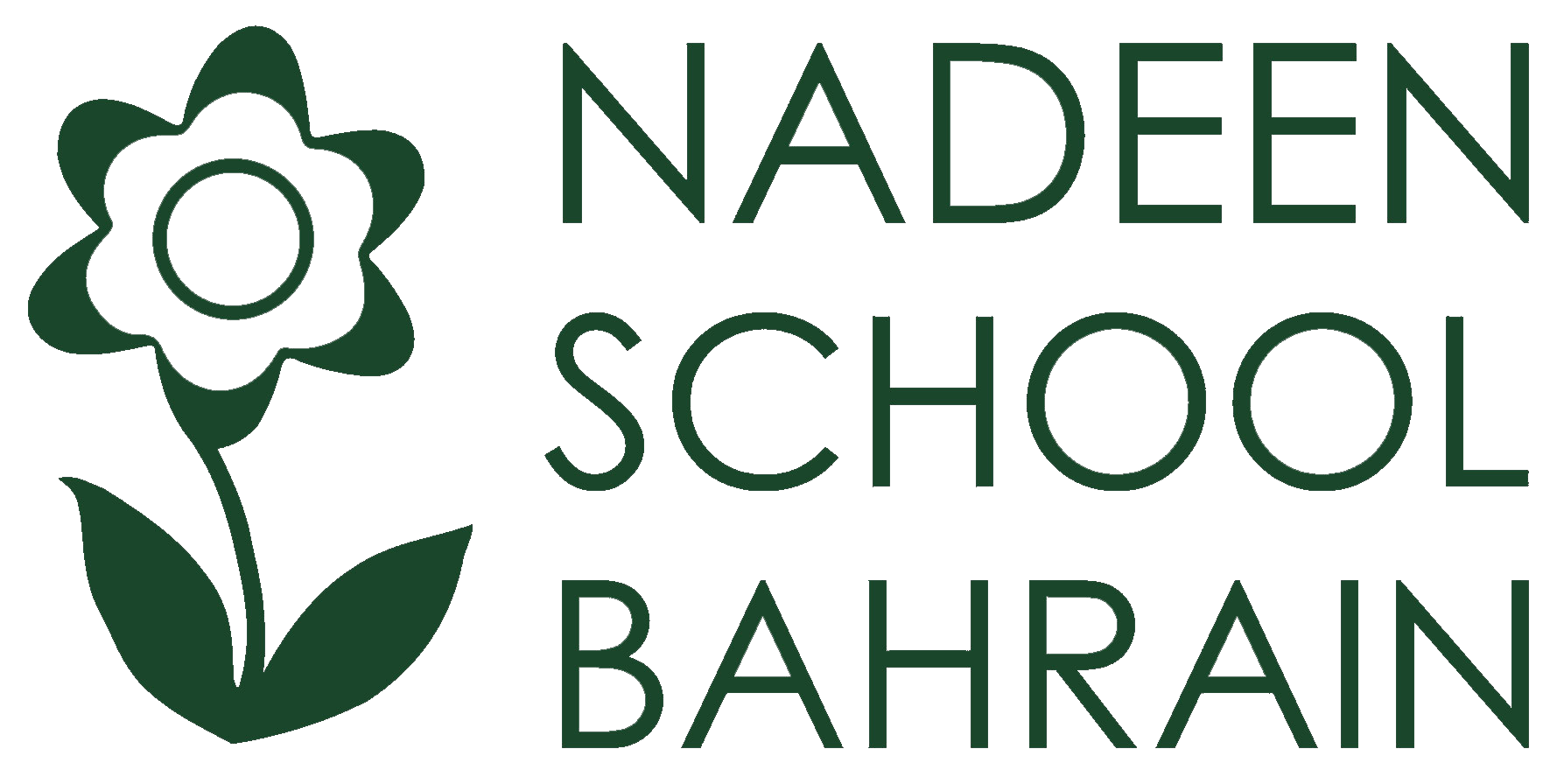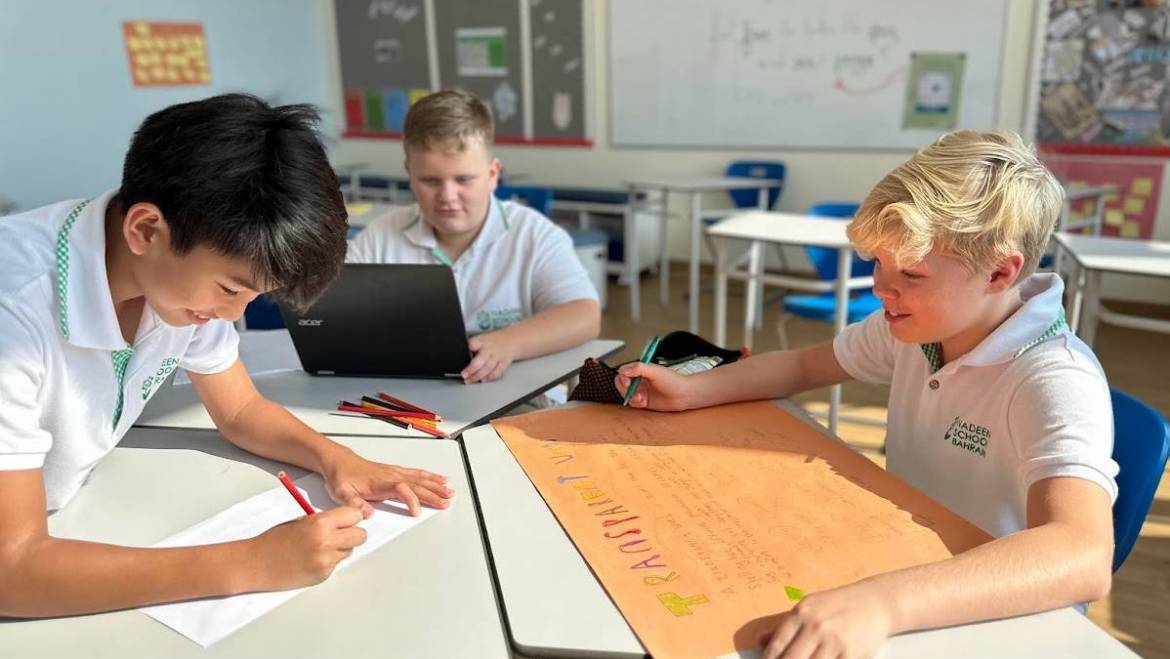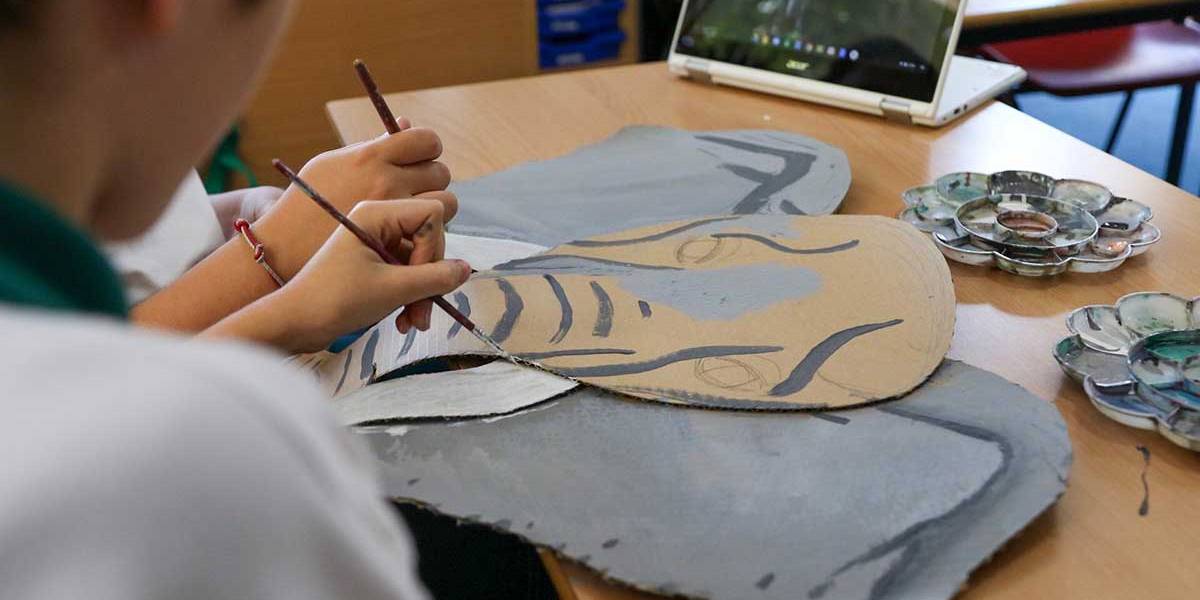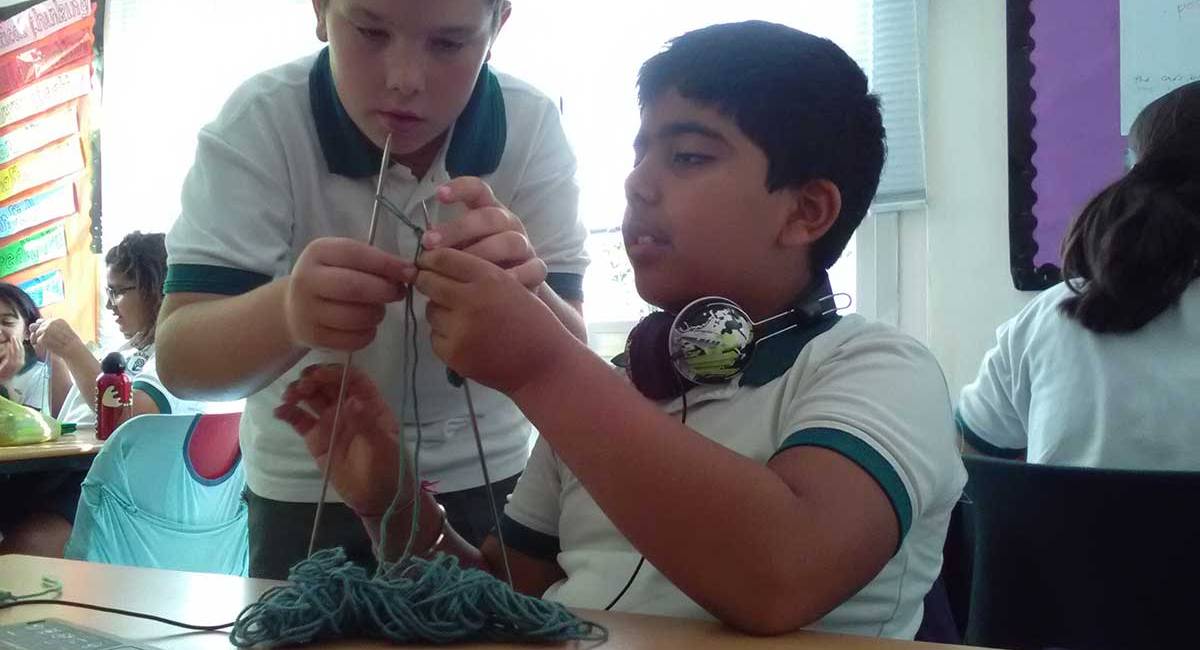Unveiling the Magic of Transparent Words: A Journey through English and French by Miss Nabella
As language teachers, our mission goes beyond the mere transmission of vocabulary and grammar rules. We aim to foster a deeper understanding of languages, cultures, and the fascinating connections that exist between them. One of the exciting concepts we introduced to our Year 7, 8 and 9 is the world of transparent words, a bridge between English and French that unveils the hidden linguistic connections between these two rich languages.
The Magic of Transparent Words
Transparent words, or “les mots transparents,” are words that share a similar meaning and often a recognisable form in both English and French. These linguistic gems are like windows into the linguistic history and cultural exchange that have occurred between the two languages over centuries. By exploring them, students embark on a linguistic journey that enhances their language skills and cultural awareness.

Unveiling the Connections
Our French classes, particularly tailored for Year 7 and 8 students, have embraced this concept as a way to make language learning more engaging and relatable. Here are some key reasons why I have integrated the study of transparent words into our curriculum:
1. Vocabulary Expansion: Learning transparent words allows students to quickly expand their vocabulary in both languages. By recognising the similarities in words like “communication” (English) and “communication” (French), they can grasp the meanings and usage of words more easily.
2. Improved Comprehension: Understanding transparent words enhances students’ reading and listening comprehension skills. When they encounter such words in texts or conversations, they can decipher their meanings with confidence, even if they haven’t encountered the word before.
3. Cultural Insights: Transparent words reveal the cultural exchange between English and French-speaking communities. It’s an opportunity for students to appreciate how language reflects the history, influence, and global connections of these languages.
4. Motivation: Learning transparent words can be a source of motivation for students. It demonstrates that they can make connections between languages and quickly grasp new vocabulary. This sense of achievement encourages them to explore languages more passionately.
5. Cross-Linguistic Skills: The study of transparent words builds valuable cross-linguistic skills. It encourages students to think critically about language structures and etymology, fostering a deeper understanding of linguistic concepts.
Examples of Transparent Words
To illustrate the concept of transparent words, here are some examples:
-
- Action: In English and French, “action” refers to an act or deed.
- Hotel: The word “hotel” is the same in both languages, denoting a place for lodging.
- Festival: “Festival” is recognisable in both English and French, describing a festive event.
These examples are just the tip of the iceberg, and exploring more transparent words can be an exciting adventure for language learners.
Introducing our students to the concept of transparent words in English and French has proven to be an enriching experience. It not only enhances their language skills but also deepens their cultural awareness and appreciation for linguistic connections. By exploring the magic of transparent words, our students embark on a journey that goes beyond the classroom, connecting them to the global tapestry of language and culture. We look forward to continuing this exploration, fostering a love for languages that will last a lifetime.












